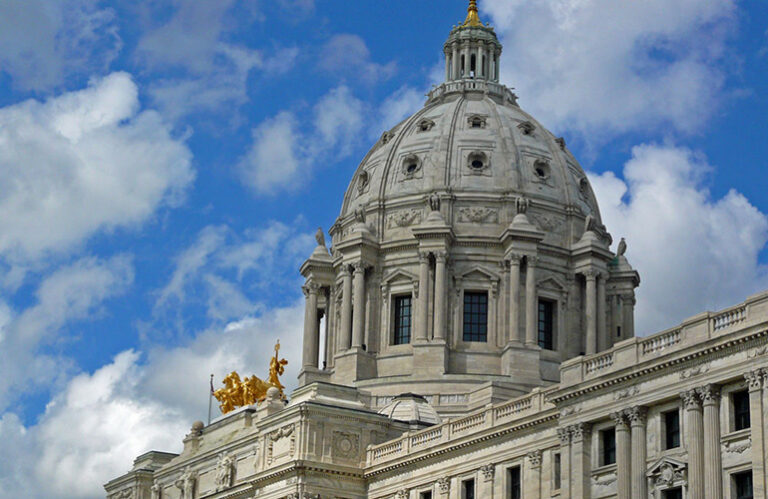A vital package of reform provisions just passed by the Minnesota Legislature — and now on its way to being signed into law by Minnesota Governor Tim Walz — is the culmination of a nine-month effort by companies on clean energy, utilities, government agencies and regulators. staff and environmental nonprofits to improve the state’s energy permitting process.
“The Minnesota Energy Infrastructure Permitting Act makes significant changes to reduce redundancies and improve the efficiency of the state’s permitting process at the Minnesota Public Utilities Commission (MN PUC), the agency responsible for approving permits for large-scale energy projects , including wind, solar and energy projects. battery storage. Last year, Minnesota passed a law requiring its utilities to generate or obtain 100% of retail sales for public utility customers from carbon-free sources by 2040, 55% of which must be renewable (i.e. wind, solar, hydro, biomass) by 2040. 2035.
“The Energy Infrastructure Permitting Act will be critical to achieving Minnesota’s goal of 100% carbon-free electricity by 2040,” said Erika Kowall, director of Midwest State Affairs for the American Clean Power Association (ACP). “Minnesota already ranks 10th nationally for clean energy production, and Governor Walz’s leadership in this area will deliver real value to Minnesotans in the future. ACP looks forward to continuing to work with Minnesota leaders to help unlock the state’s full clean energy potential.”
Clean Grid Alliance (CGA), which is committed to advancing renewable energy in the Midwest, was a strong supporter of the permitting package.
“Locating a site and issuing permits is the biggest hurdle to implementing sustainable projects in the Midwest, and the reforms in this package ensure that Minnesota policy demonstrates the state’s willingness to transition to clean energy,” said Beth Soholt, CGA Executive Director.
News release from the American Clean Power Association


